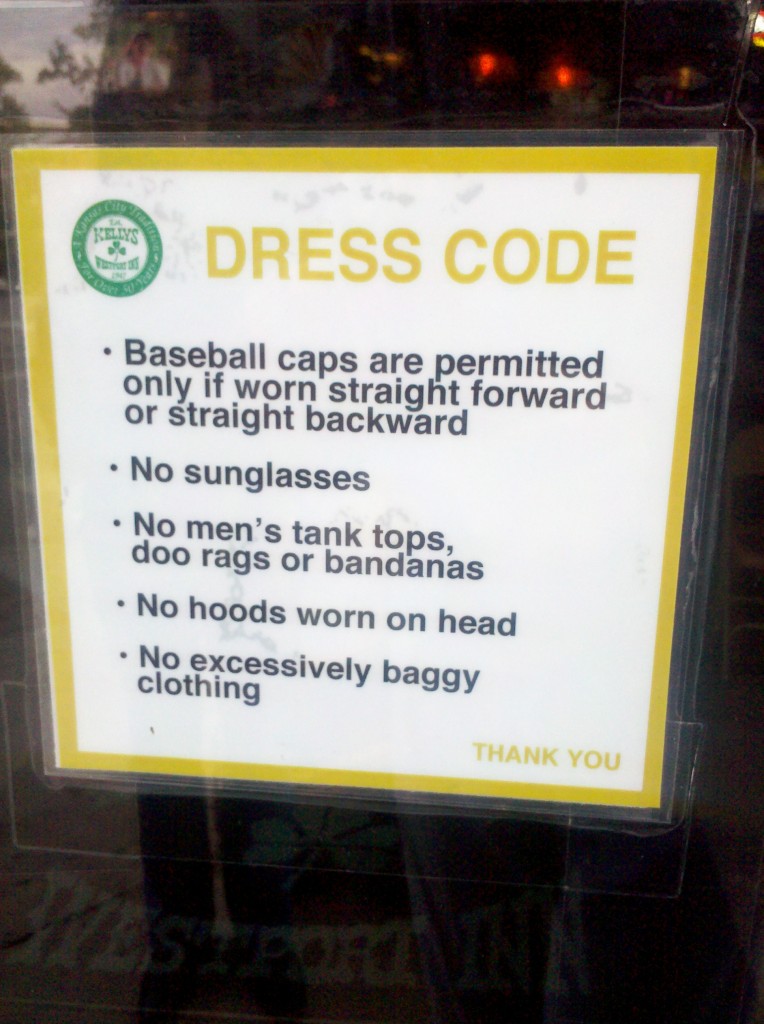Anders Behring Breivik has now joined the pantheon of homegrown domestic terrorists who have unleashed horror on their own countrymen. Sixteen years ago, Timothy McVeigh and other members of the Aryan Republican Army blew up the Murrah Office Building in Oklahoma City, killing 168 of their own countrymen and women. It was the worst act of domestic terrorism in our history, and, indeed, until 9-11, the worst terrorist attack of any kind in our history. We know what Norwegians are going through; as Bill Clinton said, we “feel your pain.”
As pundits and policymakers search for clues that will help us understand that which cannot be understood, it may be useful to compare a few common elements between McVeigh and Breivik.
Both men saw themselves as motivated by what they viewed as the disastrous consequences of globalization and immigration on their own countries. Breivik’s massive tome, 2083: A European Declaration of Independence, paints a bleak picture of intolerant Islamic immigrants engaged in a well-planned takeover of European countries in the fulfillment of their divine mission. His well-planned and coldly executed massacre of 94 of his countrymen was, as he saw it, a blow against the policies promoting social inclusion and a recognition of a diverse multicultural society promoted by the labor-leaning government.
McVeigh also inveighed against both multinational corporate greed and a society that had become too mired in multiculturalism to provide for its entitled native-born “true” Americans. In a letter to the editor of his hometown newspaper, McVeigh, then a returning veteran of the first Gulf War, complained that the birthright of the American middle class had been stolen, handed over by an indifferent government to a bunch of ungrateful immigrants and welfare cheats. “The American dream,” he wrote “has all but disappeared, substituted with people struggling just to buy next week’s groceries.”
McVeigh and Breivik both sought to inspire their fellow Aryan countrymen to action. After blowing up the federal building – home of the oppressive and unrepresentative government that had capitulated to the rapacious corporations and banks — McVeigh hoped that others would soon follow suit and return the government to the people. Breivik cared less about government and more about the ruination of the pure Norwegian culture, deliberately diluted in a brackish multiculti sea.
For the past five years, I’ve been researching and writing about the extreme right in both the United States and Scandinavia. I’ve interviewed 45 contemporary American neo-Nazis, White Supremacists, Aryan youth, Patriots, Minutemen, and members of rural militias. I also read documentary materials in the major archival collections at various libraries on the extreme right. I then interviewed 25 ex-neo-Nazis in Sweden. All were participants in a government-funded program called EXIT, which provides support and training for people seeking to leave the movement. (This included twice interviewing “the most hated man in Sweden,” Jackie Arklof, who murdered two police officers during a botched bank robbery. Arklof is currently serving a life sentence at Kumla High Security prison in Orebro. To my knowledge, I’m the only researcher to date to have interviewed him as well as members of EXIT.)
I’ve learned a lot about how the extreme right understands what is happening to their countries, and why they feel called to try and stop it. And one of the key things I’ve found is that the way they believe that global economic changes and immigration patterns have affected them can be understood by looking at gender, especially masculinity. (Don’t misunderstand: it’s not that understanding masculinity and gender replaces the political economy of globalization, the financial crisis, or the perceived corruption of a previously pristine national culture. Not at all. But I do believe that you can’t understand the extreme right without also understanding gender.)
First, they feel that current political and economic conditions have emasculated them, taken away the masculinity to which they feel they are entitled by birth. In the U.S., they feel they’ve been emasculated by the “Nanny State” through taxation, economic policies and political initiatives that demand civil rights and legal protection for everyone. They feel deprived of their entitlement (their ability to make a living, free and independent) by a government that now doles it out to everyone else – non-whites, women, and immigrants. The emasculation of the native-born white man has turned a nation of warriors into a nation of lemmings, or “sheeple” as they often call other white men. In The Turner Diaries, the movement’s most celebrated text, author William Pierce sneers at “the whimpering collapse of the blond male,” as if White men have surrendered, and have thus lost the right to be free. As one of their magazines puts it:
As Northern males have continued to become more wimpish, the result of the media-created image of the ‘new male’ – more pacifist, less authoritarian, more ‘sensitive’, less competitive, more androgynous, less possessive – the controlled media, the homosexual lobby and the feminist movement have cheered… the number of effeminate males has increased greatly…legions of sissies and weaklings, of flabby, limp-wristed, non-aggressive, non-physical, indecisive, slack-jawed, fearful males who, while still heterosexual in theory and practice, have not even a vestige of the old macho spirit, so deprecated today, left in them.
Second, they use gender to problematize the “other” against whom they are fighting. Consistently, the masculinity of native-born white Protestants is set off against the problematized masculinity of various “others” – blacks, Jews, gay men, other non-white immigrants – who are variously depicted as either “too” masculine (rapacious beasts, avariciously cunning, voracious) or not masculine “enough” (feminine, dependent, effeminate). Racism, anti-Semitism, nativism, and homophobia all are expressed through denunciations of the others’ masculinity.
Third, they use it as a recruiting device, promising the restoration of manhood through joining their groups. Real men who join up will simultaneously protect white women from these marauding rapacious beasts, earn those women’s admiration and love, and reclaim their manhood.
American White Supremacists thus offer American men the restoration of their masculinity – a manhood in which individual white men control the fruits of their own labor and are not subject to the emasculation of Jewish-owned finance capital, a black- and feminist-controlled welfare state.
At present, I am working my way through 2083: A European Declaration of Independence, the 1,518 page manifesto written in London by Anders Behring Breivik (under the Anglicized name Andrew Berwick) in the months leading up to his attack. These same themes are immediately evident. (Quotes are from the document.)
(1) Breivik associates feminism with liberal, multicultural societies. He claims that feminism has been responsible for a gender inversion in which, whether in the media or the military, we see the “inferiority of the male and the superiority of the female.” As a result of this widespread inversion, the “man of today” is “expected to be a touchy-feely subspecies who bows to the radical feminist agenda.”

(2) Breivik spends the bulk of the document playing off two gendered stereotypes of Muslim immigrants in Europe. On the one hand, they are hyper-rational, methodically taking over European societies; on the other hand, they are rapacious religious fanatics, who, with wide-eyed fervor, are utterly out of control. In one moment in the video, he shows a little boy (blond hair indicating his Nordic origins), poised between a thin, bearded hippie, who is dancing with flowers all around him, and a bearded, Muslim terrorist fanatic – two utterly problematized images of masculinity. 3:58 in the video:

(3) In his final “call to arms” and the accompanying video, he offers photos of big-breasted women, in very tight T-shirts, holding assault weapons with the word “infidel” on it and some Arabic writing, a declaration that his Crusader army members are the infidels to the Muslim invaders. 9:02 in the video:

This initial, if sketchy, report from Oslo, and Breivik’s own documents, indicate that in this case, also, it will be impossible to fully understand this horrific act without understanding how gender operates as a rhetorical and political device for domestic terrorists.
These members of the far right consider themselves Christian Crusaders for Aryan Manhood, vowing its rescue from a feminizing welfare state. Theirs is the militarized manhood of the heroic John Rambo – a manhood that celebrates their God-sanctioned right to band together in armed militias if anyone, or any governmental agency, tries to take it away from them. If the state and capital emasculate them, and if the masculinity of the “others” is problematic, then only “real” white men can rescue the American Eden or the bucolic Norwegian countryside from a feminized, multicultural, androgynous immigrant-inspired melting pot.
————————
Michael Kimmel is a professor of sociology at the State University of New York at Stonybrook. He has written or edited over twenty volumes, including Manhood in America: A Cultural History and Guyland: The Perilous World Where Boys Become Men. You can visit his website here.











